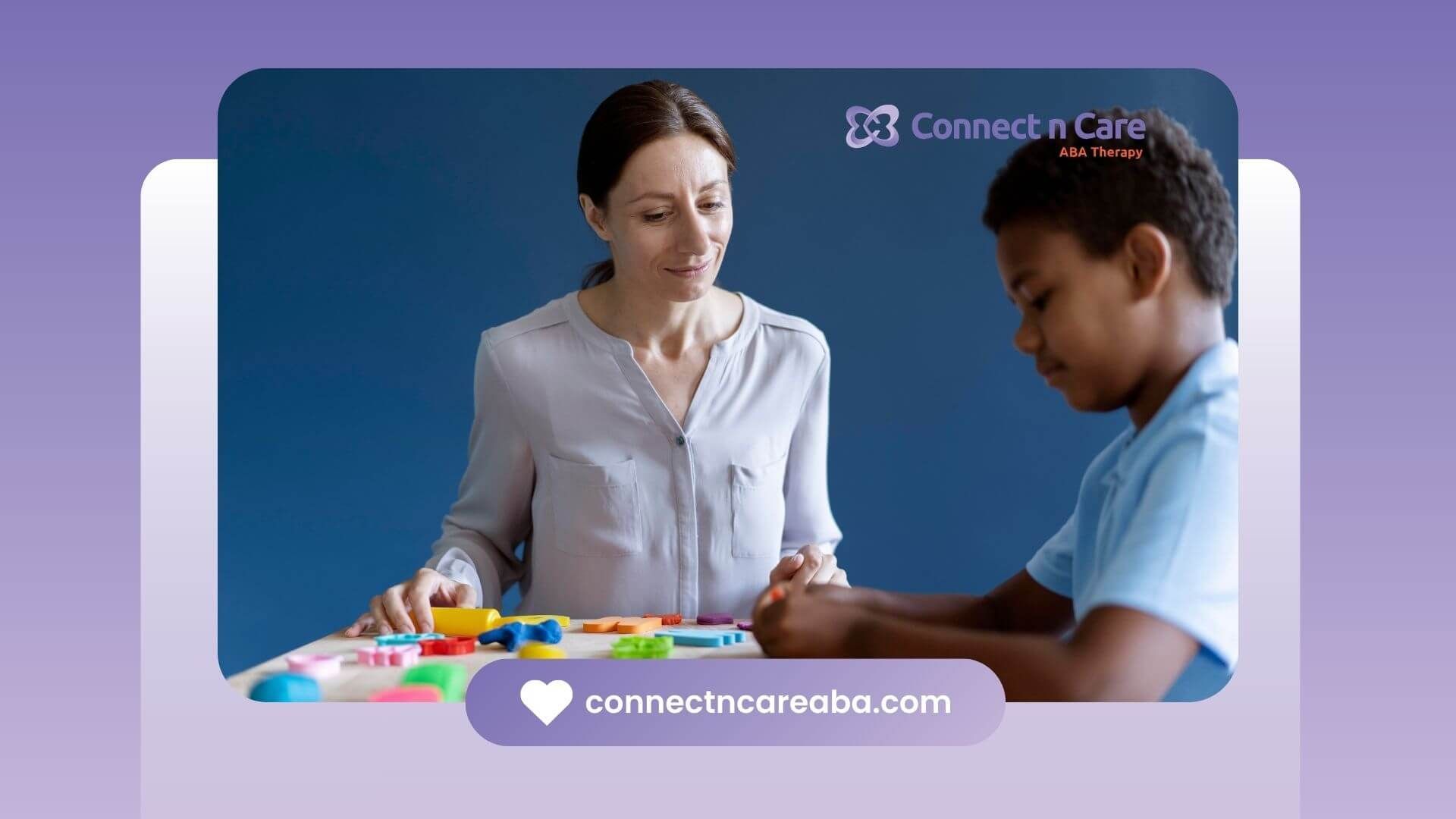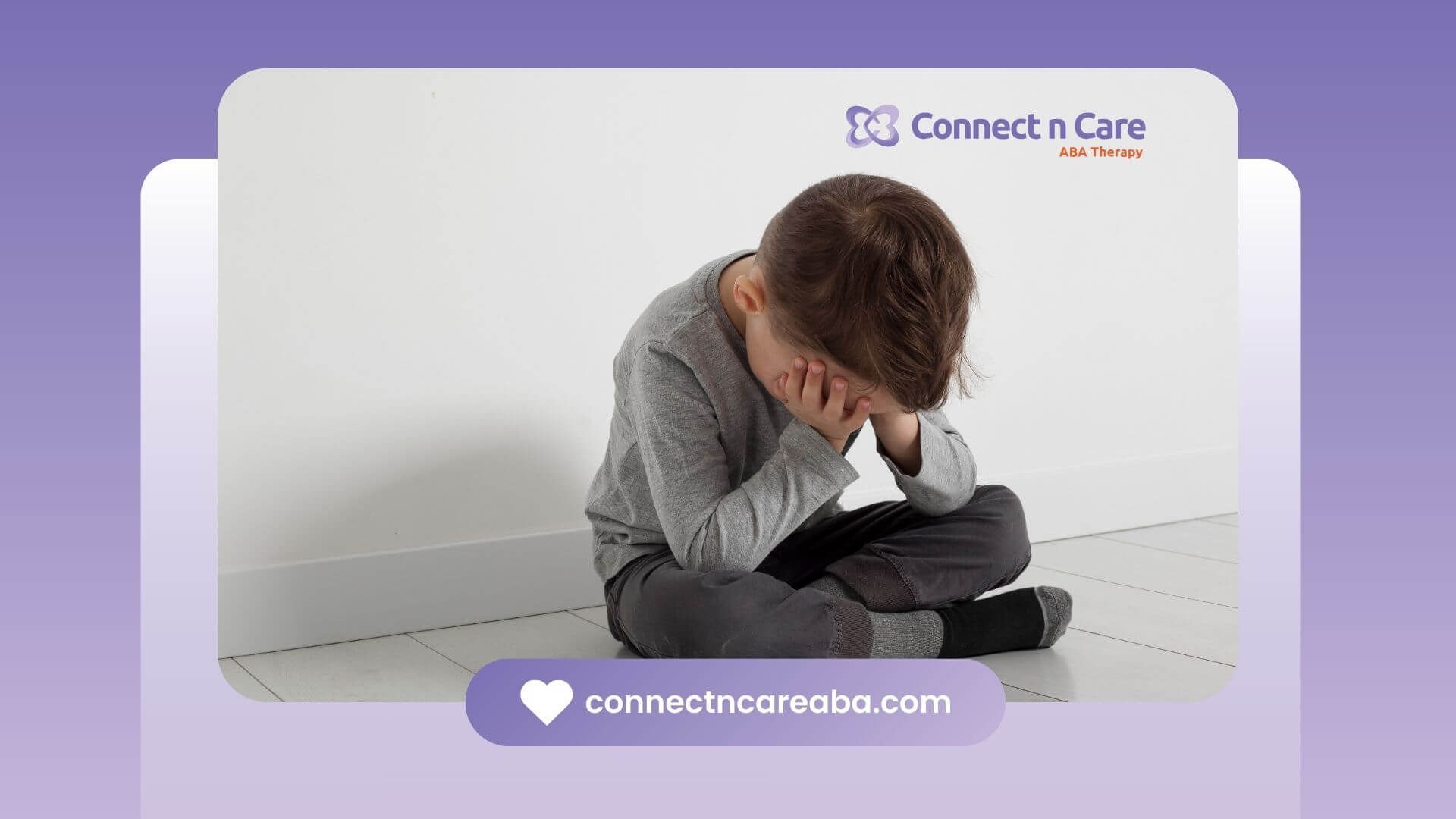Understanding what are the 6 stages of autism meltdown? can help families respond with care and confidence. Autism meltdowns are not tantrums—they're involuntary responses to overwhelming stress or sensory input. Each stage has unique signs and support needs.
The 6 Stages of Autism Meltdown
- Calm
The child is relaxed and regulated. This is the baseline before any triggers appear. - Triggers
Something in the environment—like loud noises, bright lights, or changes in routine—causes discomfort or stress. - Agitation
Signs like restlessness, pacing, or repetitive questioning show the child is becoming overwhelmed. Early support here can help prevent escalation. - Meltdown
This is the peak. The child loses control and may cry, yell, or shut down. It's an involuntary response to overload, not a choice. - Regrouping
After the meltdown, the child needs time and space to recover. They may be quiet, withdrawn, or need comfort. - Starting Over
The child gradually returns to their usual routine and activities, ready to re-engage.
Many parents report seeing these stages unfold. One parent shared, “After a loud event, my son started pacing and covering his ears. We knew a meltdown was coming and gave him space. It helped him regroup faster.”
Most meltdowns follow this cycle, though timing and intensity vary by child. Early intervention during the Agitation stage can reduce the frequency and severity of meltdowns.
Recognizing what are the 6 stages of autism meltdown? helps families and caregivers step in early and support their children with empathy. At Connect n Care ABA, we guide families through every stage—call us to create a personalized support plan for your child.
FAQ
What are the 6 stages of autism meltdown?
Calm, Triggers, Agitation, Meltdown, Regrouping, and Starting Over.
How can I help during the Agitation stage?
Offer calm support, reduce sensory input, and use familiar routines to help your child feel safe.
Is a meltdown the same as a tantrum?
No, meltdowns are involuntary responses to overload, not a choice or behavior for attention.









